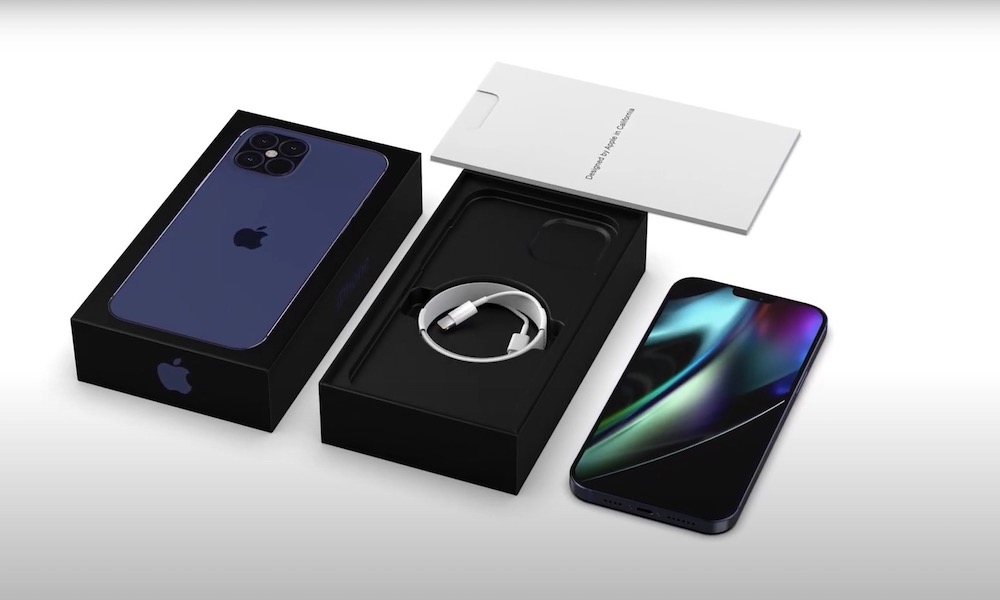Your New iPhone 12 Could Arrive Faster Thanks to This Change in Apple’s Shipping Policies
 Credit: EverythingApplePro
Credit: EverythingApplePro
Toggle Dark Mode
If you live near an Apple retail store, you might actually be able to order your new iPhone 12 online and get it even faster, thanks to a shift that Apple is apparently making to how it ships its products out.
For years, when you order a product from Apple, it gets shipped from the nearest major warehouse where Apple stockpiles its products. For users who live near one of Apple’s distribution centres, that can mean fairly quick shipping times for online orders — provided there’s stock at that appropriate warehouse.
This means that even if a local Apple Store has the product you want sitting on its shelves, however, an online order still needs to come from the warehouse. Apple has long offered an in-store pickup option where you could order an item online and then pick it up in an Apple Store, usually later the same day, but this still requires that you physically visit the Apple Store to pick it up; there’s no way to have the local store send the product to you.
Further, for major new product releases, however, such as tomorrow’s iPhone 12 announcement, products are often shipped directly from China. This is partly why Apple offers a week-long window for pre-orders in order to manage customers’ expectations. Even so, Apple is also loading up inventory into its retail stores to make sure that walk-in customers will be able to buy the new products immediately on launch day, and from the Apple retail employees we’ve spoken to over the years, it’s not at all uncommon for a crate of new iPhones to be sitting in the back room at an Apple Store several days before they’re actually allowed to start selling them.
According to a new report from Bloomberg this could soon change, however, as Apple plans to begin using its retail stores as distribution centres.
Shipping from Retail
Considering that Apple has 510 retail stores around the world, spread across 25 different countries, the move makes a lot of sense, since that provides a much larger network from which to ship out orders to customers.
Of course, it’s a bit more complicated logistically to manage inventory across a larger group of locations, and that’s likely only complicated by the need to balance in-store product availability with the needs of online customers in those areas, but with the vast majority of Apple Stores still operating in a more limited fashion due to the ongoing global health crisis, this seems like an opportune time for Apple to make this shift.
Apple has apparently been testing the program already with a small number of stores over the past few months, but is now preparing to roll it out across its 300 North American retail stores — 271 in the U.S. along with 29 in Canada.
As Bloomberg notes, Apple is not the first online retailer to take this approach; the trend actually began with grocery stores and has already been adopted by several other retailers. According to sources for the report, Apple has told staff that the practice not only reduces costs, but is also good for the environment since of course Apple can benefit from the economy of scale by making fewer shipments across longer distances, moving the shipping of individual items much closer to the last mile.
What This Means
While Apple’s main motivation may be to reduce its bottom-line expenses and support its own environmental initiatives, Apple has told staff internally that this will also result in faster delivery times for those consumers who live farther away from a distribution centre than they do from a retail store.
Apple will continue to ship its products through normal providers, which generally means UPS in Canada and FedEx in the U.S., but this could now result in next-day deliveries in many cases.
Notably, however, this new arrangement will be completely transparent to customers. Apple says it will only apply to customers who live within 100 miles of an Apple retail location, and unlike in-store pickup, customers won’t be able to choose their preferred delivery option, nor will they even necessarily be aware of where their shipment is coming from.
Instead, Apple’s own logistics management system will determine what shipping option is most expedient based on factors such as stock availability, and customers’ proximity to retail stores and distribution centres, which will also analyze order history and trends and manage stock levels in retail stores accordingly to ensure that inventory is balanced between online orders and in-store demand.
The upshot, however, is that many customers may find online ordering to be a more appealing option, with the possibility of next-day delivery helping to avoid the temptation to venture out in a time of social distancing to do an in-store pickup of a product.
The timing of the shift is undoubtedly no coincidence either, with Apple’s previously-announced iPad Air about to go on sale any day now, combined with a plethora of new products on the horizon that will at least begin with tomorrow’s announcement of four new iPhone 12 models, plus the possibility of new AirPods Studio headphones and a HomePod mini going on sale in the coming weeks.






